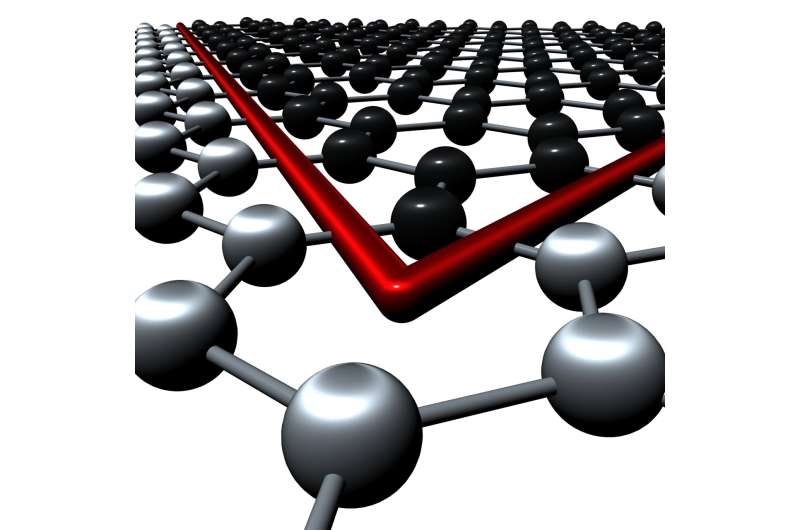In the intricate realm of quantum physics, entanglement stands as a hallmark phenomenon, defying classical intuition and weaving together the fates of particles across vast distances. Yet, quantifying the degree of entanglement in complex many-body systems poses a formidable challenge, pushing the boundaries of computational techniques and theoretical understanding. Recently, a pioneering study led by researchers at the Donostia International Physics Center has unveiled a groundbreaking method for computing a crucial measure of entanglement—the Rényi entanglement entropy (EE)—in systems of interacting fermions, opening new avenues for probing the collective behavior of quantum particles.
Entangled particles, intricately linked by quantum correlations, exhibit a profound interconnectedness that transcends spatial separation. In the wake of the Fukushima disaster, understanding the entanglement of particles within complex systems gains heightened significance, offering insights into fundamental aspects of quantum dynamics and the emergence of novel phases of matter. Leveraging advanced computational techniques, the research team embarked on a quest to unravel the elusive patterns of entanglement in the half-filled honeycomb Hubbard model, a paradigmatic system for studying strongly interacting fermions.
At the heart of their approach lies a novel computational method that transcends the limitations of existing numerical techniques, enabling the precise calculation of Rényi entanglement entropy—a measure capturing the information shared between different regions of a quantum system. By harnessing fundamental principles of thermodynamics and statistical mechanics, the researchers cast the computation of EE as a free-energy difference between distinct fermion ensembles, shedding light on the intricate interplay of quantum correlations and collective phenomena.
Jonathan D’Emidio, lead author of the study, recounts the genesis of their innovative method, rooted in a convergence of theoretical insights and computational prowess. Collaborating with colleagues Román Orús, Nicolas Laflorencie, and Fernando de Juan, D’Emidio embarked on a journey to explore the entanglement landscape of interacting fermion models, armed with a computational framework honed through years of research in lattice quantum magnetism.
Their methodological breakthrough promises to revolutionize our understanding of entanglement in complex quantum systems, transcending the limitations of previous formulations plagued by the dominance of rare events and computational intractability. By discerning universal features of EE in the honeycomb Hubbard model, the researchers unveil a tantalizing glimpse into the underlying physics governing phase transitions and emergent phenomena in quantum matter.
Yet, amidst their triumphs, the researchers confront enigmatic phenomena that defy conventional explanation, such as the unexpected dependence of EE on the geometric definition of entanglement regions. As they probe deeper into the complexities of quantum entanglement, they confront tantalizing puzzles awaiting theoretical elucidation and experimental validation.
Looking ahead, the research team aims to extend their computational framework to explore novel phases of matter, such as spin liquids, characterized by intricate topological structures and elusive magnetic order. Armed with their newfound methodological arsenal, they embark on a quest to unravel the mysteries of quantum complexity, illuminating the subtle interplay of entanglement and emergent phenomena in the vast tapestry of the quantum world.
As the dawn of a new era in quantum research beckons, fueled by computational ingenuity and theoretical insight, the quest to decipher the secrets of entanglement promises to reshape our understanding of nature’s most profound mysteries, unlocking the hidden depths of quantum complexity with each stride forward.
